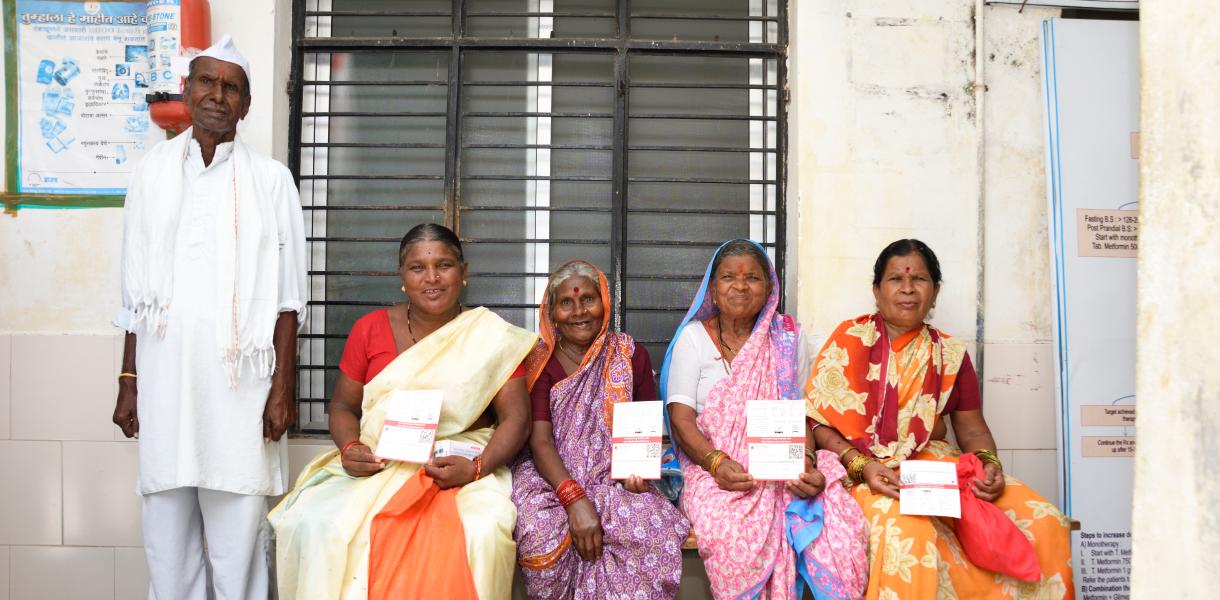What’s the design in a nutshell?
An ambitious strategy to make the entire city of Amsterdam circular, from green energy to sustainable food systems.
Why is it needed?
Many of us, as individuals, communities and businesses, can make small contributions to reduce waste, pollution and, subsequently, our carbon footprints. But, the truth is, we need robust laws and policies to make a significant impact. Governments – state, local, and federal – not only have a responsibility to act but can hold us accountable and have a lot of tools at their disposal to accelerate our fight against climate change.
How does it work?
The Amsterdam Circular Strategy aims to halve the use of new raw materials by 2030 and to achieve a fully circular city by 2050. The 2020-2025 strategic plan sets out a roadmap for each of the value chains that shape the circular economy: food and waste streams, consumer goods and the built environment. Some notable elements of the strategy include making it easier for residents to consume regional products; boosting infrastructure for sharing platforms; and ensuring by 2025, 50% of all building refurbishment and maintenance operations follow the principles of circular construction.
In addition, the strategy leans on the 'doughnut’ principle' of the British economist Kate Raworth. A model that describes how societies and businesses can contribute to economic development while still respecting the limits of the planet.
"Circular economies have also proven to increase competitiveness, stimulate innovation and boost economic growth."
How does it improve life?
Currently, the production of materials we use every day accounts for 45% of the CO2 emissions. Circular strategies, where we reuse raw and other materials over and over again, not only ensure we don’t deplete the Earth’s resources but are also great for business. Circular economies have also proven to increase competitiveness, stimulate innovation and boost economic growth. According to the European Parliament, the industry will create more than 700,000 jobs in the EU alone by 2030, which will only increase with further adoption.
What’s the impact to date or projected impact?
To map their impact, Amsterdam will use a monitoring tool to determine the social and ecological impact of the transition. The monitor will chart the extent to which Amsterdam’s economy has become circular and identifies areas in which more needs to be done. “The monitor will enable us to measure whether our goals of halving the use of primary raw materials by 2030 and becoming 100% circular by 2050 are feasible,” reports the city.





